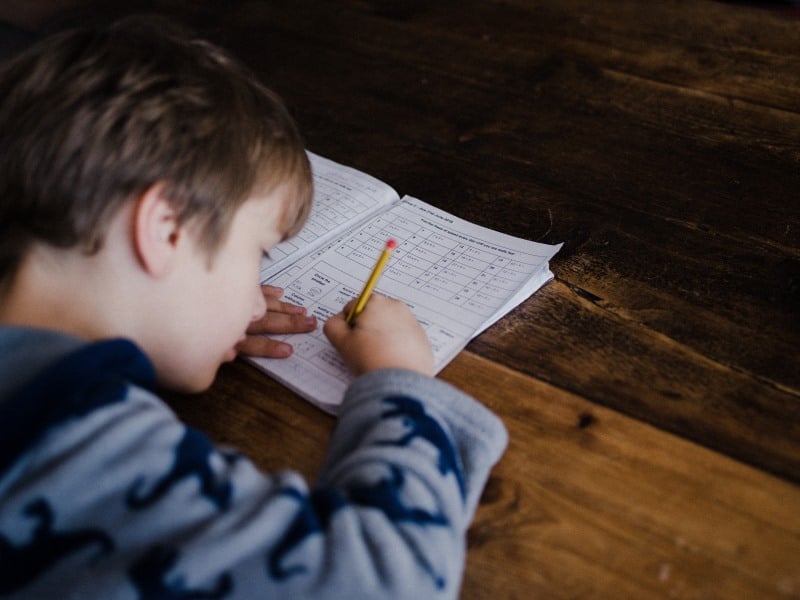Addition and subtraction are some of the first math skills that your child learns in school. Before teaching your child addition and subtraction, you should make sure that they are familiar with numbers and counting. They need to understand how to count forward and backward in order to understand how addition and subtraction works.
With constant practice, your child will improve their number sense. This understanding of numbers is important for laying the groundwork for basic math problems. Once your child has a solid understanding for numbers, you can begin to teach addition and subtraction.
In American schools, it isn’t very common for the abacus to be utilized and taught in the typical classroom. As a teacher at Genie Academy, I had never even heard of an abacus until I applied to work there. After fighting through a math phobia that I had developed as a young child, I learned to love the abacus and taught the system to my adult friends. I encouraged my friends and family to adopt this new style of solving math because I noticed that it made my memory sharper and melted away my long-standing phobia. In retrospect, I never imagined that I would be the type of person who actually enjoyed math. While I admit that there are students of mine who solve their mental math faster than me, I know it’s because I wasn’t exposed to the abacus at a prime age like they are.
Addition- combining the values of two or more numbers.
Subtraction- taking away value from a larger number.
Practice makes perfect
The more your child practices addition and subtraction, the better they will get at mastering these skills. Try to find ways to help them practice and apply these concepts to their everyday lives. Your child will be more motivated to learn something that they find relevant and useful.
How We Teach Addition and Subtraction on the Abacus
Whether it be online or in-person, we teach our students how to solve basic math problems using the abacus. With foundational skills, they advance in time and are eventually able to solve complex problems utilizing the abacus, whether it be in their head or physically touching the beads.
When doing math on the abacus, you must remember to always start on the magic dot. If you don’t, your answers will be skewed.
Under the line and magic dot is the value of one. On top of the line and magic dot, the bead has a value of five. The abacus is a very intuitive tool to use once you get the hang of it. We teach your child how to navigate the abacus in their free class, and the majority of kids grasp it more quickly than their parents do!
We would love to teach you more about the abacus. Come in today to one of our many locations to have a free class and assessment. We can’t wait to meet you.
-The Genie Academy team
Sources
https://www.splashlearn.com/math-vocabulary/addition/addition
https://kindermomma.com/6-tips-on-how-to-teach-addition-and-subtraction-in-kindergarten/
https://www.understood.org/en/learning-thinking-differences/child-learning-disabilities/math-issues/when-kids-learn-addition-subtraction
https://www.huffpost.com/entry/number-sense-the-most-important-mathematical-concept_b_58695887e4b068764965c2e0





